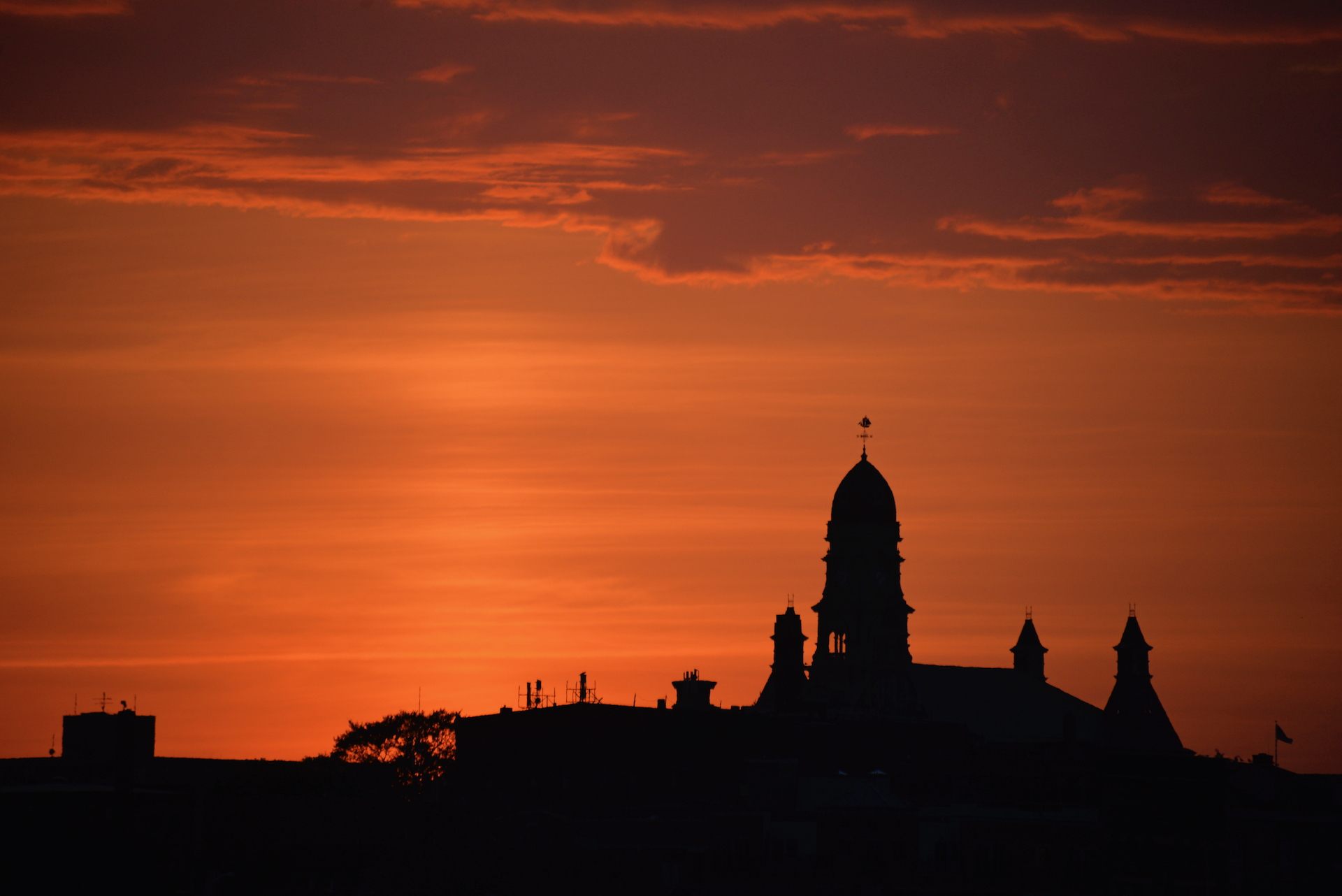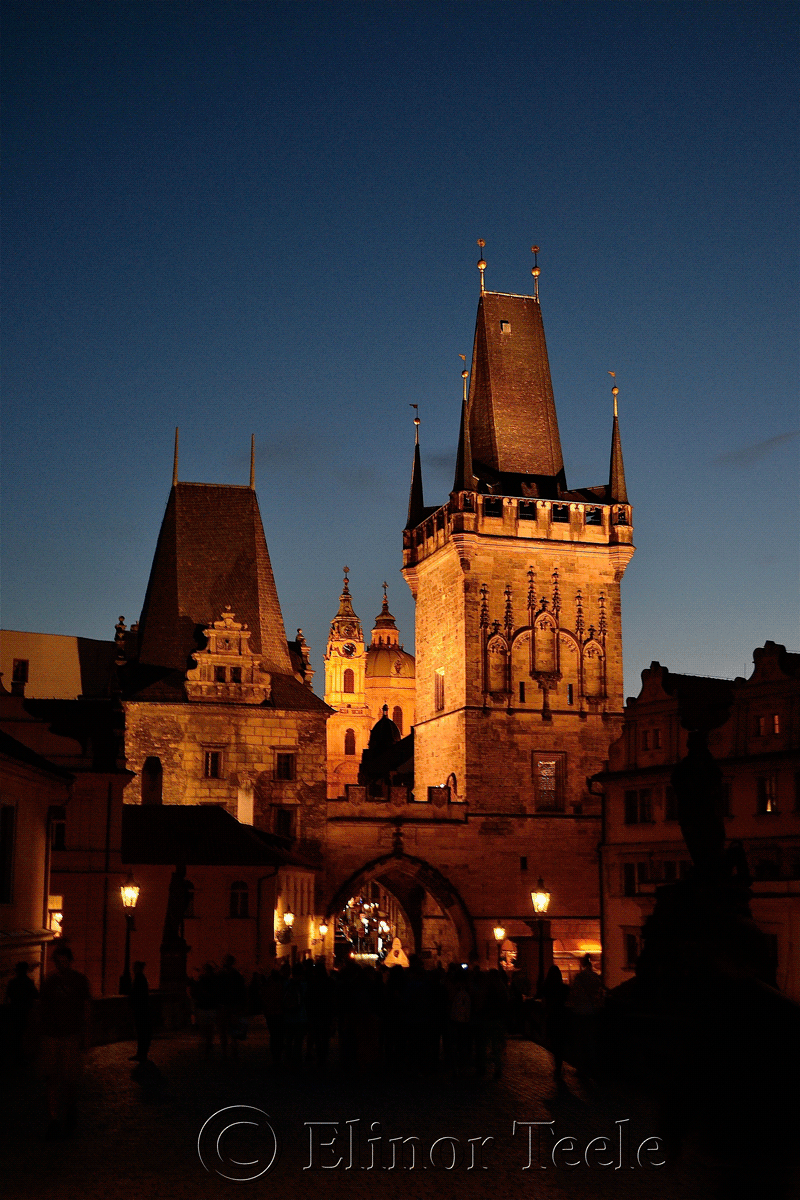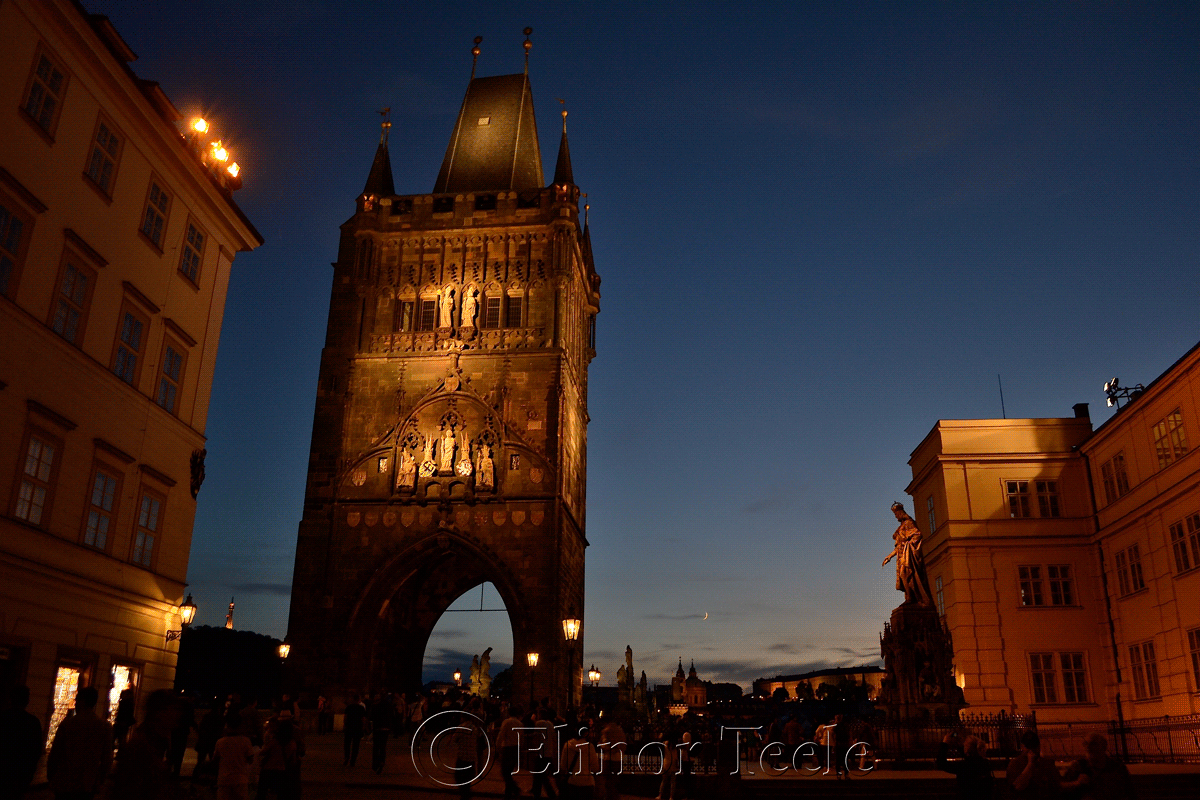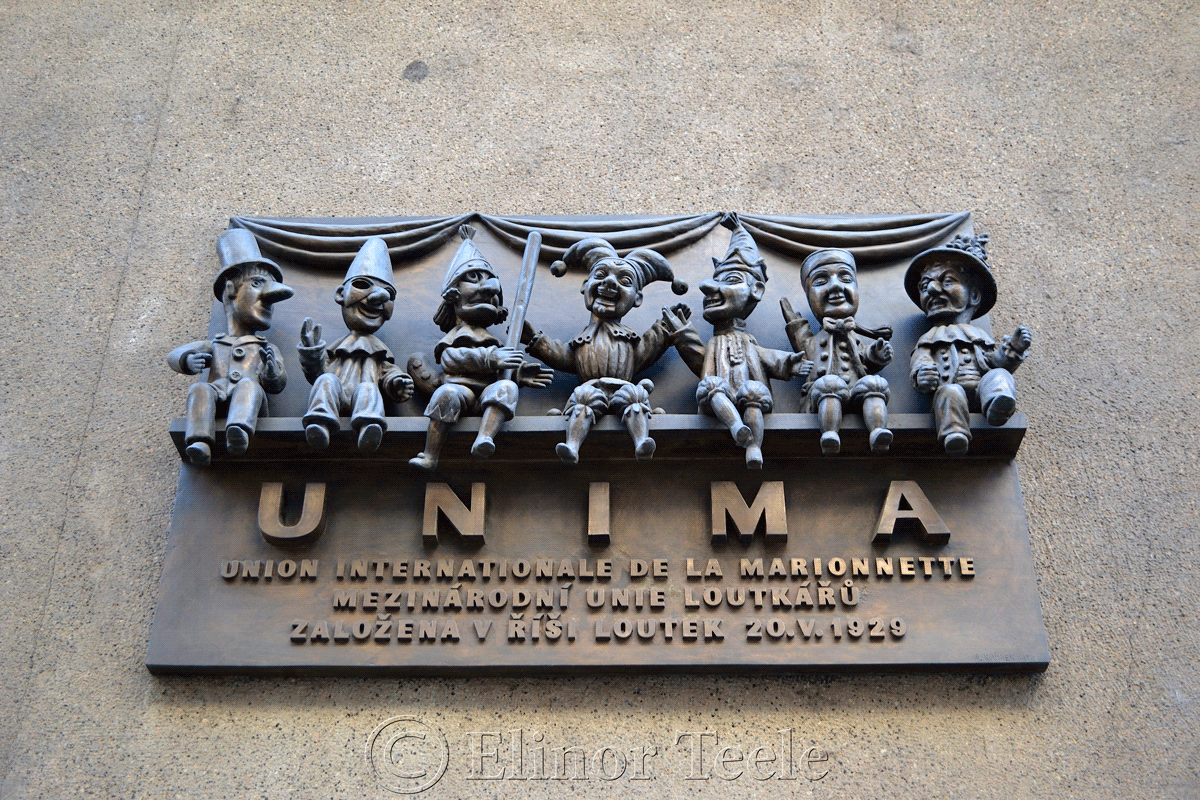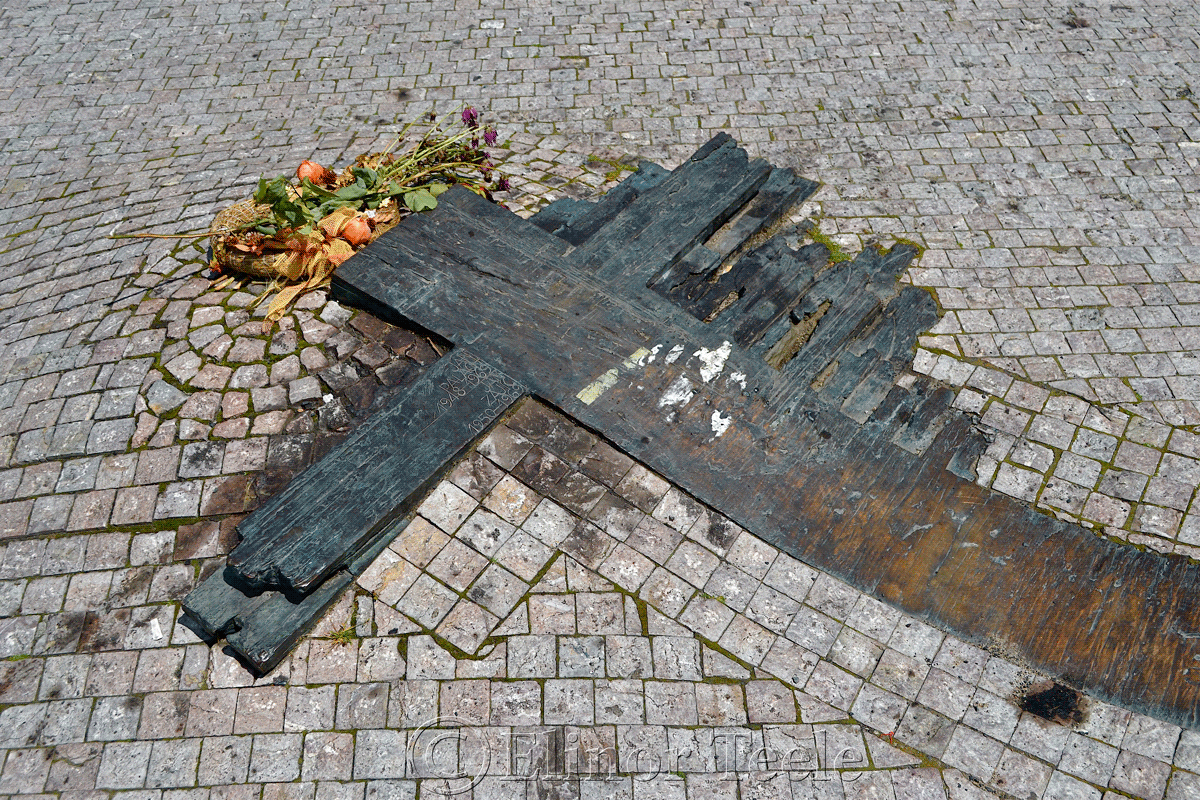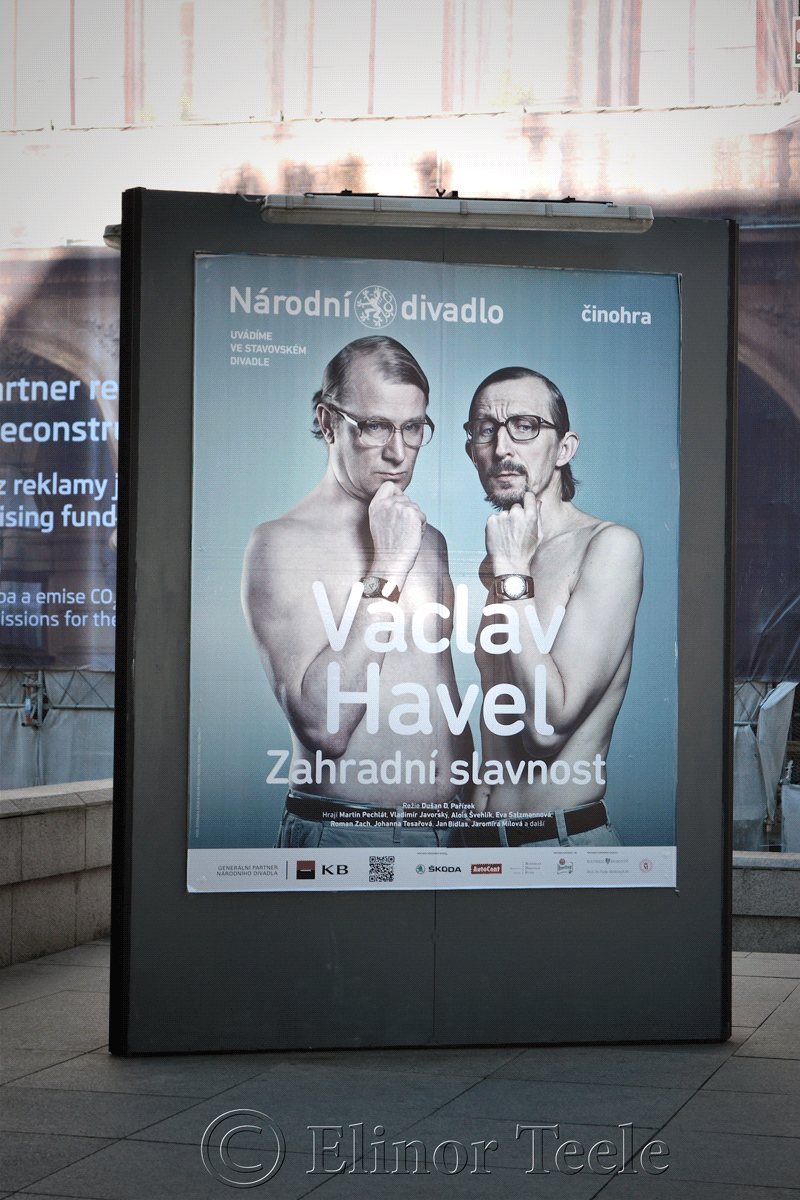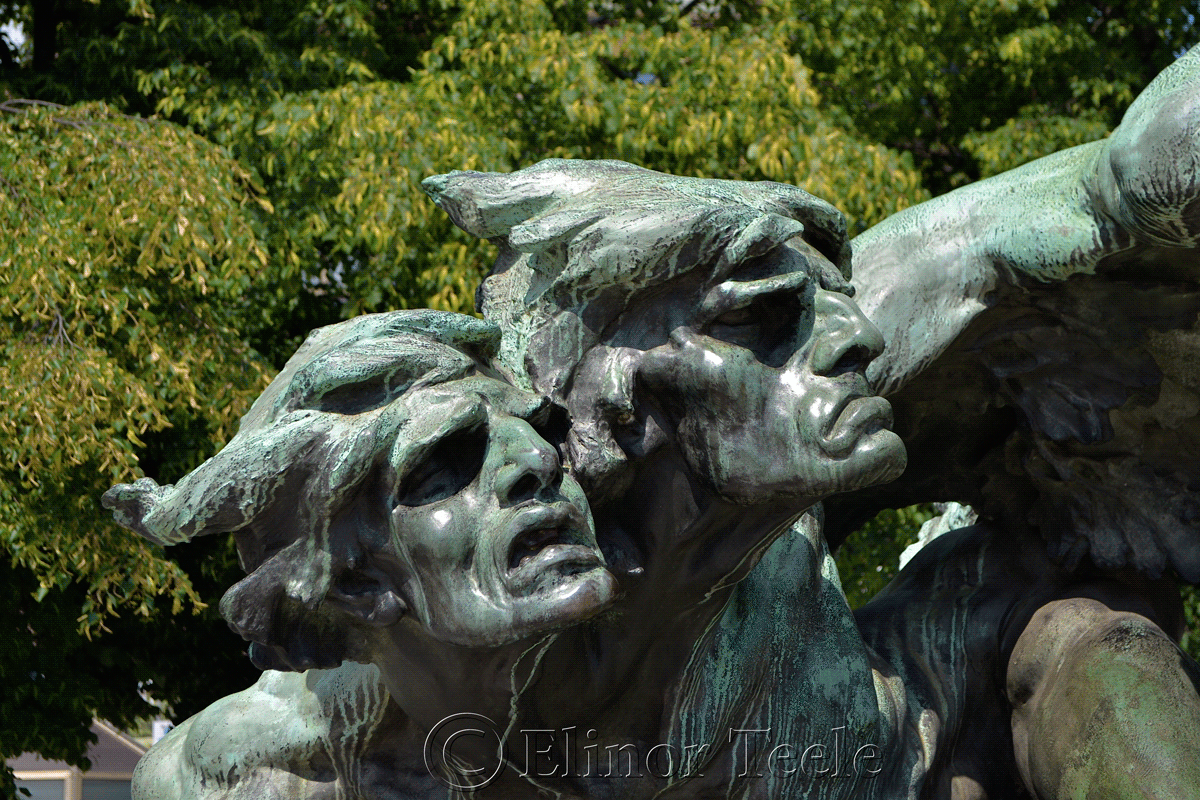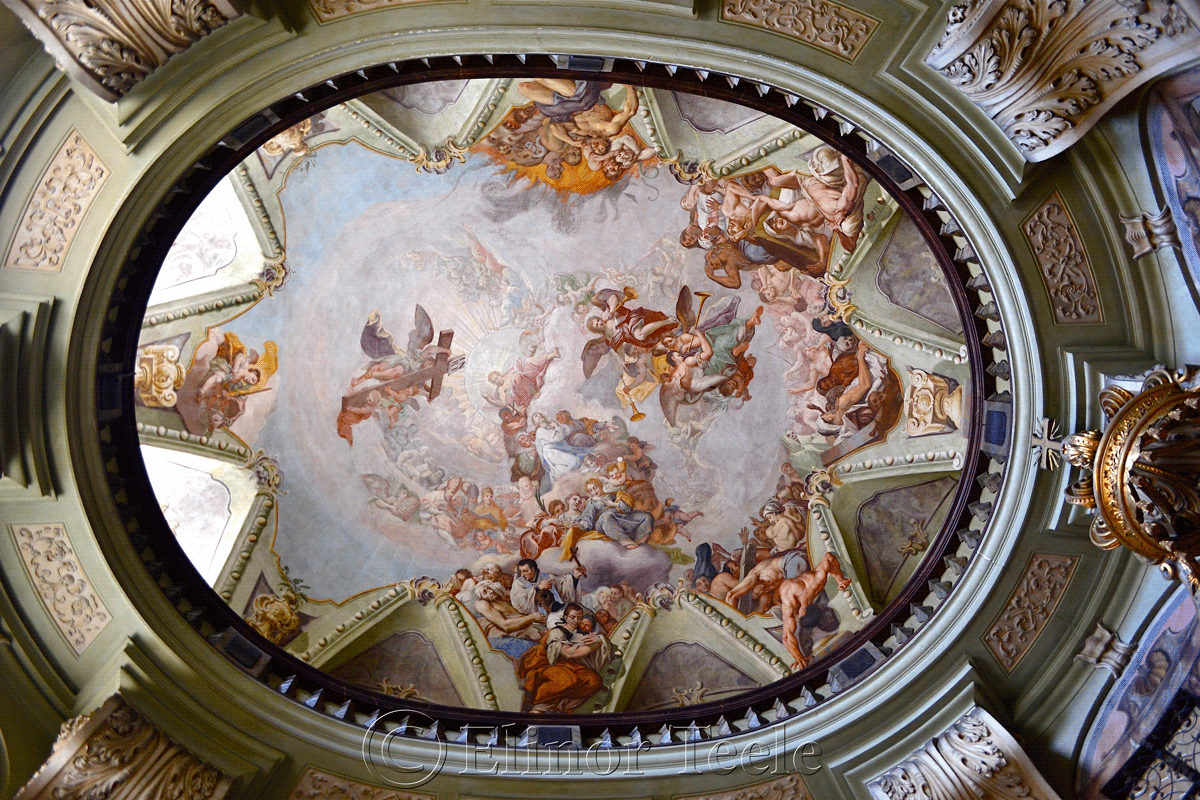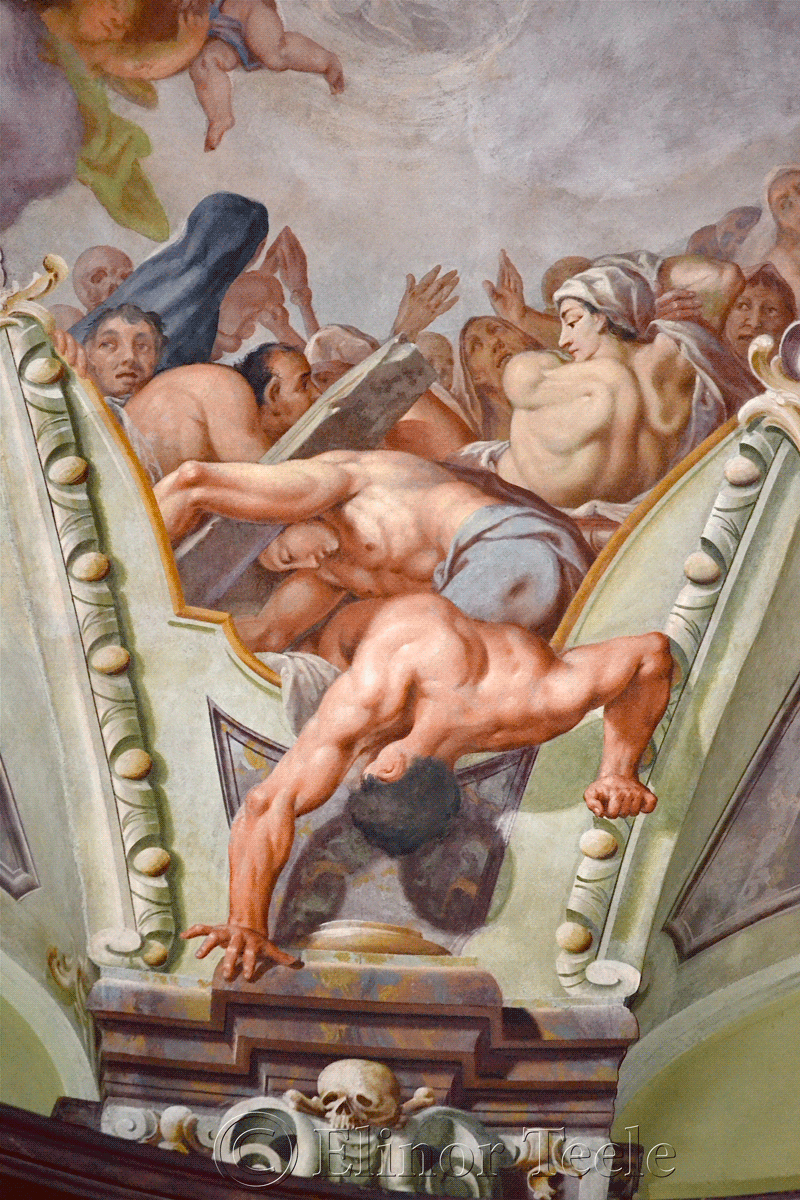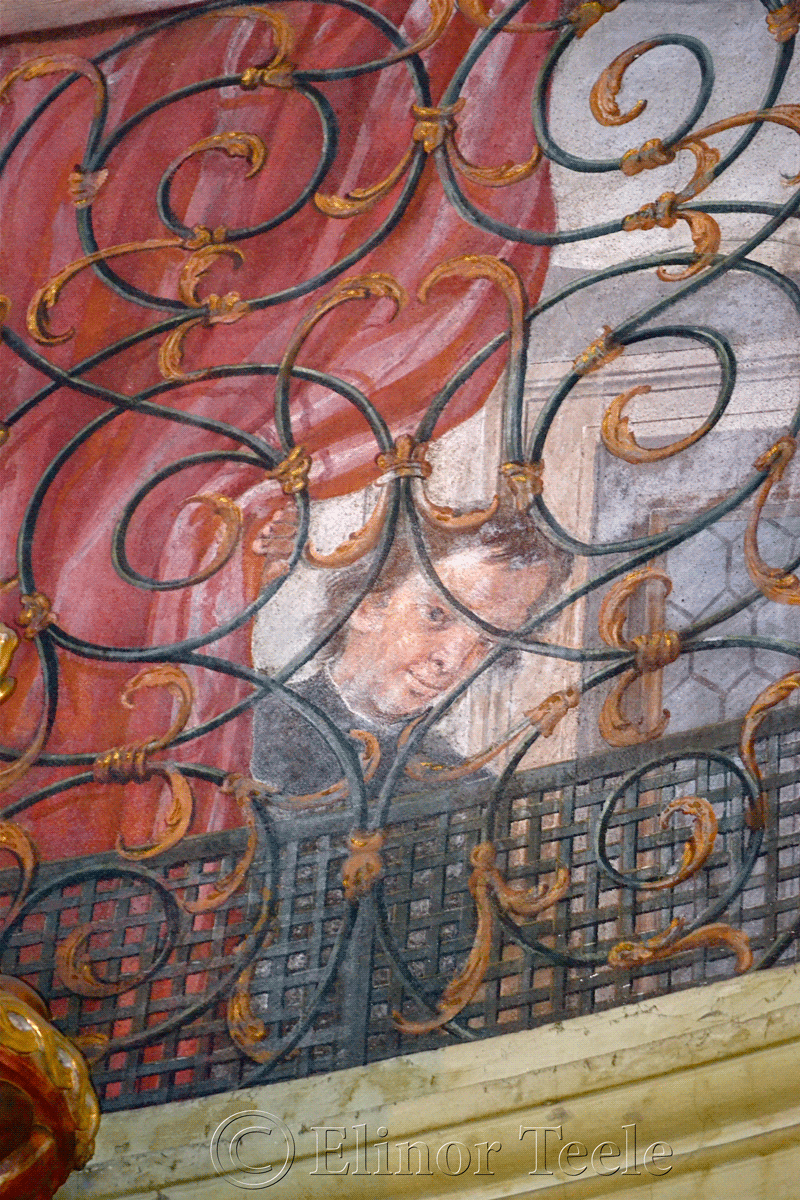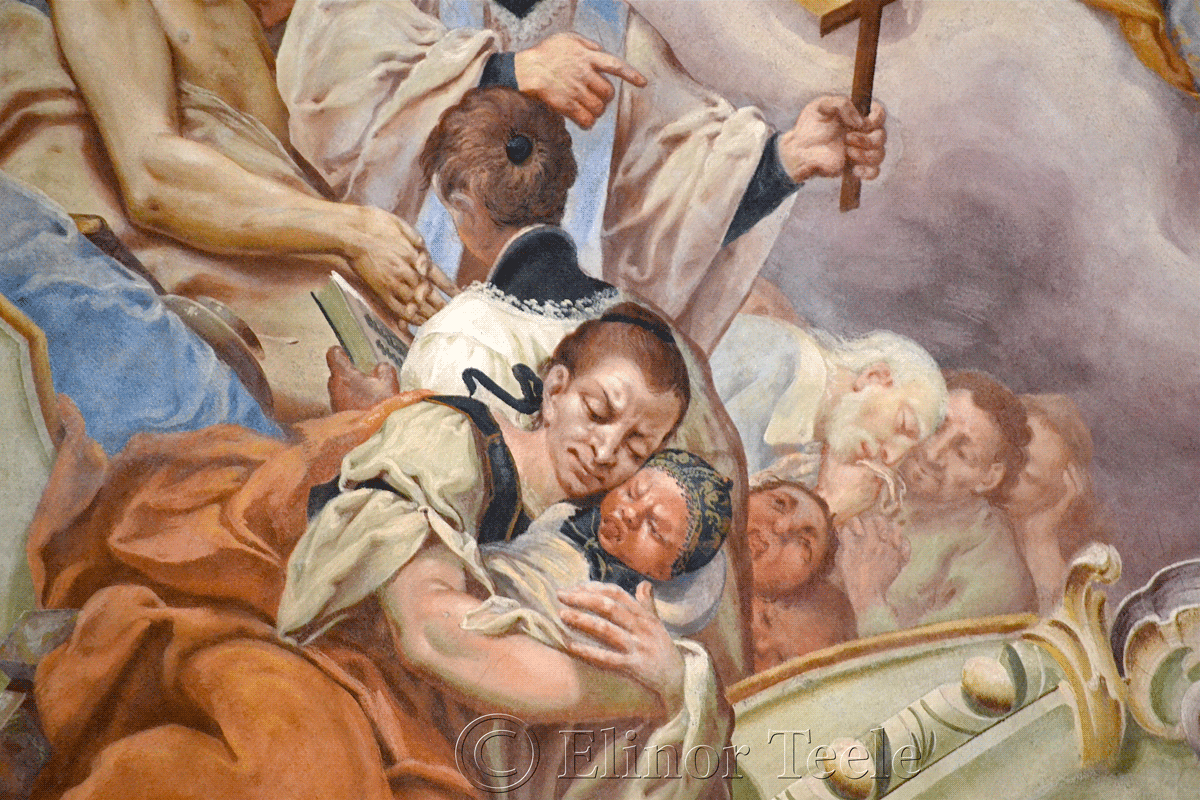National Marionette Theatre, Prague
Marionettes popped up in Prague around the time of the Thirty Years’ War (the one that began with an unfortunate defenestration). Popped up and never left. If you walk through the streets of the city, you will be leered at by a grotesque series of monks, witches, doctors and peasants.
Jan Palach Memorial, Wenceslas Square, Prague
In the spring of 1968, Czechs had a brief taste of freedom. Liberal reforms had loosened the grip of Communism. Change was in the air. It didn’t last. Soviet tanks rolled across the border in August, crushing any hint of rebellion. Except in the hearts of citizens like Jan Palach,
Continue readingJan Palach Memorial, Wenceslas Square, Prague
Havel Theater Poster, Prague
When he wasn’t standing up to the Communist regime, ordering the redesign of military uniforms or ruling the Czech Republic, Václav Havel wrote plays. Good ones. This is a poster for The Garden Party.
Frantisek Palacky Monument, Prague
Stanislav Sucharda’s Art Nouveau tribute to the Czech Father of the Nation lies in New Town, in Palacky Square. In addition to being a professor at the College of Applied Arts, Sucharda was a huge fan of Rodin. The figure of Palacky sits in the middle, carved in granite – as any
Chapel Fresco, St. Nicholas Church, Malá Strana, Prague 3
The story of the nosy church official… Rumor has it that the painter of the chapel fresco (I’ve seen it ascribed to Karel Skréta, Johann Kracker and a variety of other names) liked to work in privacy. One day he spotted a Jesuit church official peeking in on his progress.
Continue readingChapel Fresco, St. Nicholas Church, Malá Strana, Prague 3
